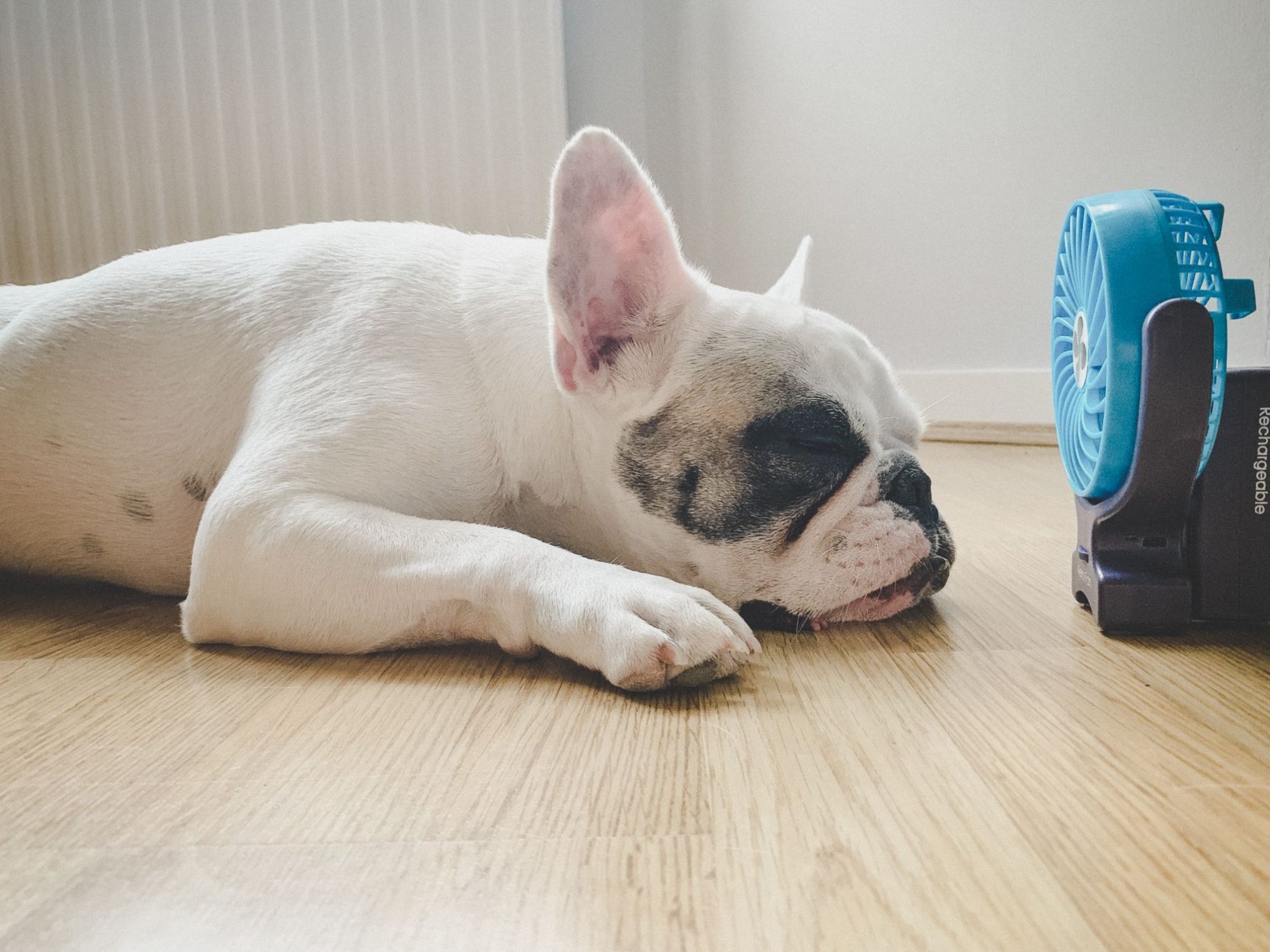Keep Pets Safe in the Heat

High temps can be hard for pets to tolerate, especially seniors, overweight pets, and those with certain medical conditions. Dog breeds with flat faces, such as pugs and bulldogs, are also at a higher risk of heat-related illness, as are snub-nosed cats like Persians and Himalayans.
At Bayside Animal Hospital, we want you to stay active—and safe—with your pets year-round. Our experts have put together some pointers to help you recognize symptoms of heat-related illness and keep your pets safe when temperatures rise.
Signs and Symptoms of Heatstroke in Pets
Pets keep their cool by panting and perspiring through their paws and noses, and cats will sometimes lick their coats for a cooling effect. But when temps and humidity levels soar, these coping strategies become less effective.
Signs and symptoms to watch for include:
- Heavy panting
- Excessive drooling
- Trouble breathing
- Rapid heart rate
- Excessive thirst
- Loss of coordination/weakness
- Vomiting or diarrhea
- Fever
- Seizures
- Collapse
What to Do if Your Pet is Overheating
If you suspect that your pet is suffering from heat-related illness, take the following action immediately:
- Move your pet to a shady or air-conditioned area.
- Give your pet a cool (NOT ice cold) shower, or place cool rags on the head, footpads, and neck.
- Offer cool drinking water or let your pet lick ice cubes.
- Call your veterinarian or seek urgent care immediately.
Summer Safety Reminders
To minimize your pet’s risk of heat exhaustion or heat stroke, keep the following tips from our pet loving team in mind.
Never Ever Leave Your Pet in a Parked Car
Not for a minute. Not even with the AC running. On an 85-degree day, your car can become a 102-degree oven in 10 minutes—with the windows cracked. Here’s what to do if you see a pet trapped in a parked car.
Monitor the Heat Index
High humidity makes it tough for animals to cool down, putting them at risk of dangerously high body temperatures, so keep an eye on the heat index—not just the ambient air temperature.
Limit Outdoor Activities on Hot Days
Adjust the timing and duration of your outdoor activities with your pets on hot days. Stay off hot surfaces or protect your pet’s paws with booties. Take breaks in the shade when your pet seems tired.
Carry Water With You
Whether you’re going for a leisurely walk or playing at the dog park, tote along some clean, cool water and a bowl for your pet.
Create a Cool Oasis
For potty breaks or other outdoor activities, make sure your pet has a shady spot and a bowl of clean water—preferably with some added ice cubes.
Keeping your pet safe while having fun in the summer is possible with a little preplanning and some proactive strategies. Please call us at (916) 791-8387 to schedule your pet’s next wellness visit or if you have other questions about summer safety.


